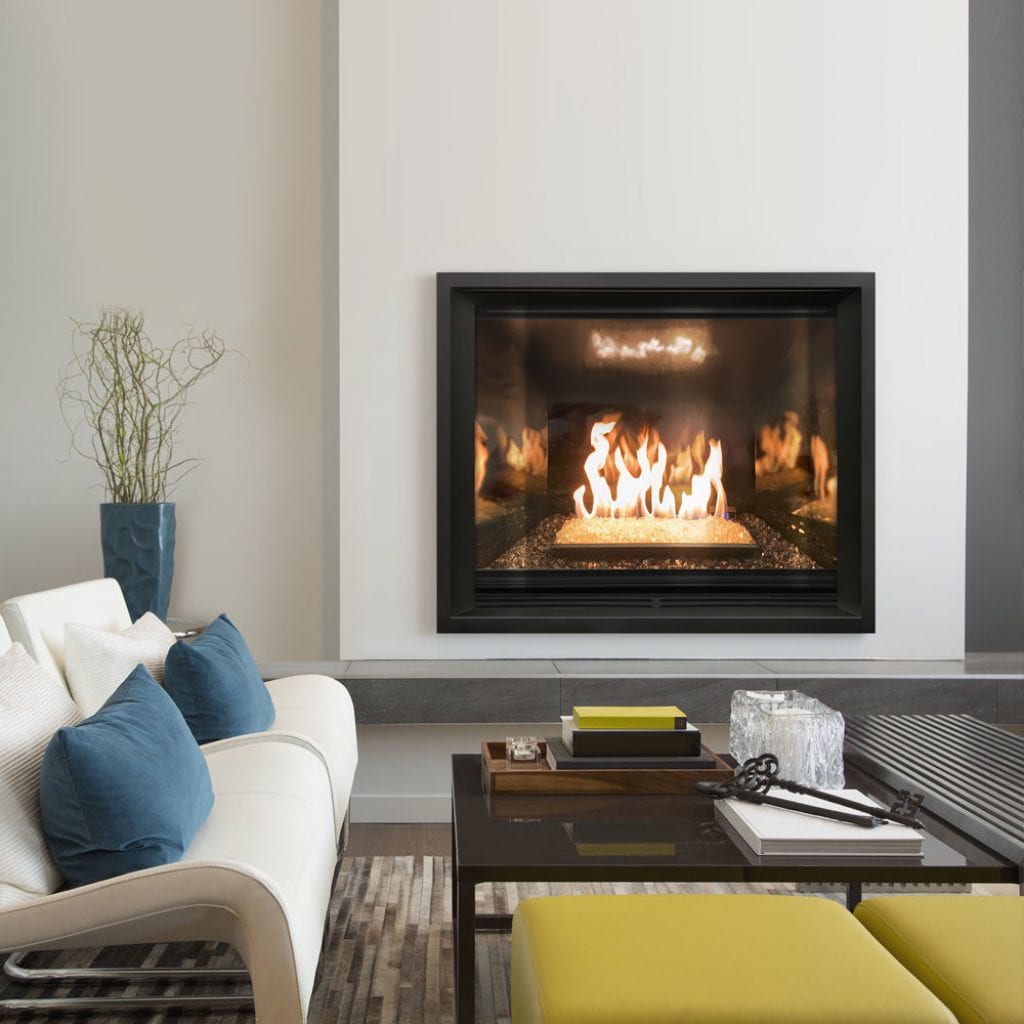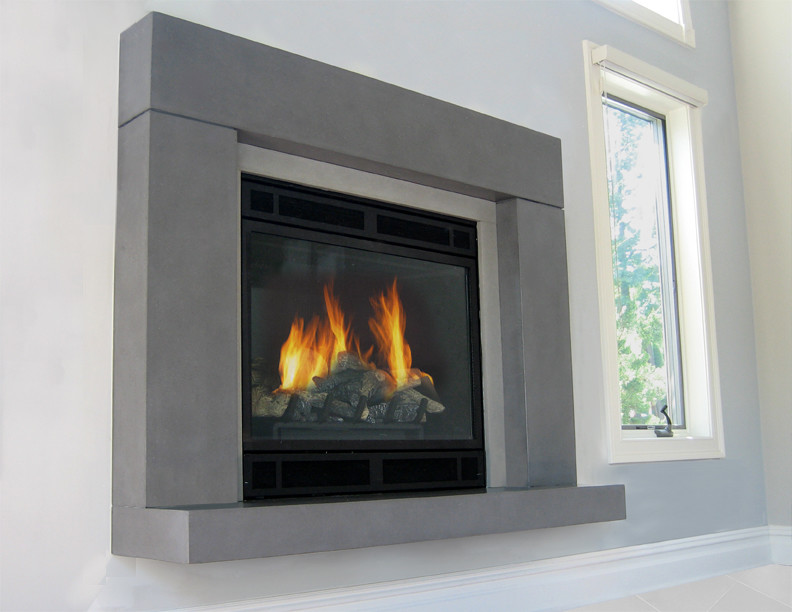Gas Fireplace Surround Design
Designing the surround of a gas fireplace is one of the most important aspects of creating a stylish and comfortable living space. A fireplace surround frames your fireplace, providing character and texture to the room while also protecting the wall and defining the overall design. Let’s cover everything you need to know about gas fireplace surround design. I’ll break it down into five detailed sections, each with six comprehensive paragraphs to give you clarity, inspiration, and practical ideas.
Importance of a Well-Designed Gas Fireplace Surround
-
When I think about a gas fireplace, I always believe the surround is the first thing people notice. It frames the fire, creating a focal point that draws the eye. Without a well-designed surround, even the most high-tech gas fireplace might look incomplete. A stylish surround adds visual weight to the area and transforms the fireplace from a functional item into an aesthetic feature.
-
A fireplace surround is not only about looks. It provides a protective barrier between the flames and your wall. Especially in gas fireplaces, heat resistance and proper spacing are crucial. Different materials like stone, tile, or metal play a vital role in ensuring safety and durability while still enhancing style.
-
Another essential factor is how a surround helps tie your interior design together. Whether you prefer traditional, modern, rustic, or transitional styles, your fireplace surround should coordinate with your furniture, flooring, and decor. Consistency in color schemes and materials ensures your fireplace doesn’t feel out of place.
-
The surround also offers an opportunity to introduce texture. In a room that feels flat or overly smooth, materials like brick, limestone, reclaimed wood, or patterned tile create much-needed depth. I find this to be especially useful in minimalist spaces where every design element needs to count.
-
For homes with open-concept living areas, a well-designed gas fireplace surround can also serve as a subtle divider. It can separate sitting areas from dining or kitchen zones without feeling bulky. This adds a functional yet stylish boundary to open spaces.
-
Lastly, the surround can improve property value. Future buyers often appreciate a beautiful fireplace that acts as the heart of the home. A gas fireplace with a tastefully crafted surround feels intentional, luxurious, and timeless, making it a desirable feature for potential homeowners.

Popular Materials for Gas Fireplace Surround Design
Natural stone is one of my favorite materials for fireplace surrounds. Options like granite, marble, limestone, and slate provide durability and elegance. Each stone has its own color variations and textures, which bring warmth and character to your home. Stone is also highly resistant to heat, making it perfect for gas fireplaces.
Tile is another excellent choice. With endless colors, shapes, and patterns, tile gives you the freedom to create anything from a bold geometric look to a subtle, earthy tone. Porcelain and ceramic tiles are heat-resistant and easy to maintain, which is why many homeowners prefer them for their fireplace surround.
Brick remains a classic material for gas fireplace surrounds. It can add rustic charm or industrial vibes, depending on how it’s styled. Painted brick can look clean and contemporary, while exposed red brick brings in an old-world character that never goes out of style.
Wood surrounds, when properly installed with safety measures, bring a natural, cozy feeling to any room. I always recommend using a non-combustible barrier between the wood surround and the gas fireplace. Reclaimed wood, in particular, can tell a story through its weathered appearance and textured finish.
Metal surrounds are becoming more popular in modern and industrial designs. Stainless steel, blackened steel, or brass can give a sleek, sophisticated look. Metal is also low-maintenance and pairs well with stone or tile for mixed-material designs.
Concrete is another material growing in popularity for its minimalist and modern appeal. Smooth or textured concrete surrounds provide a bold statement while staying neutral. It’s a durable option that complements both contemporary and rustic design schemes.
Stylish Design Ideas for Gas Fireplace Surrounds
-
A floor-to-ceiling stone surround creates a dramatic and luxurious effect. I’ve always admired this style for rooms with tall ceilings or large open spaces. This design makes the fireplace feel grand and visually anchors the space.
-
If you prefer a sleek, modern look, a flush tile surround with clean lines is a great choice. Large-format tiles in neutral tones like gray, white, or black provide a minimalist backdrop that allows the flame to stand out beautifully.
-
Combining materials is one of my favorite design strategies. You can mix wood with stone or metal with tile to create contrast and texture. For example, a stone surround with a reclaimed wood mantel adds character while maintaining balance.
-
Built-in shelving around the fireplace surround adds function along with style. Floating shelves on both sides of the fireplace can display decor, books, or art pieces. This design feels homey and practical while framing the fireplace perfectly.
-
For a rustic or farmhouse style, a brick surround with a thick wooden mantel works wonderfully. The natural texture of the brick contrasts with the smoothness of the wood, creating a warm, inviting space that feels lived-in.
-
Geometric patterns in tile or metal can create a contemporary and artistic vibe. Whether it’s herringbone-patterned tiles or laser-cut metal panels, these details turn a simple gas fireplace surround into a visual masterpiece.
Common Mistakes to Avoid When Designing a Gas Fireplace Surround
One mistake I’ve seen is ignoring local building codes and safety standards. Gas fireplaces produce heat that requires proper clearance from combustible materials. Always consult a professional to ensure your surround meets safety regulations.
Choosing materials without considering heat resistance can lead to damage over time. Not all tiles, woods, or paints are made to withstand high temperatures. Using the wrong products might result in discoloration, cracking, or warping.
Overcomplicating the design is another error many people make. A fireplace surround should complement the space, not overpower it. Overly busy patterns, too many textures, or mismatched materials can clutter the look and reduce visual appeal.
Neglecting scale and proportion can hurt your overall design. I always suggest measuring your fireplace wall carefully and choosing materials that suit the size of your space. An oversized mantel in a small room can feel overwhelming, while a tiny surround on a large wall can seem lost.
Forgetting about maintenance is a practical mistake. Some materials like rough stone or porous tiles require more frequent cleaning and sealing. If you want low-maintenance options, consider polished stone, ceramic tile, or metal.
Lastly, not planning for wiring or media integration can cause issues later. Many homeowners want to mount a TV above their gas fireplace or add built-in lighting. Make sure your surround design accommodates these features from the start to avoid extra costs and work.
What is the best material for a gas fireplace surround?
In my experience, natural stone is one of the best materials because it’s heat-resistant, durable, and timeless. However, tile, brick, metal, and concrete also work well depending on your style preference and budget.
Can I use wood for a gas fireplace surround?
Yes, but with precautions. You need to follow safety guidelines to ensure proper clearance between the firebox and the wood surround. Using a non-combustible barrier is essential.
How much does it cost to design a gas fireplace surround?
Costs can vary widely based on materials and complexity. Simple tile surrounds might start around $1,000, while custom stone or multi-material designs can exceed $5,000 or more.
Can I install a gas fireplace surround myself?
If you have experience with tiling or carpentry, some parts of the project may be DIY-friendly. However, for gas lines, heat protection, and structural components, I always recommend hiring professionals.
What colors work best for a gas fireplace surround?
Neutral tones like gray, white, black, and beige are versatile and timeless. Bold colors or patterned tiles can work if they suit your room’s overall design and you want the fireplace to stand out.
How do I clean and maintain my fireplace surround?
Use gentle cleaners suitable for the material. For stone or tile, use non-abrasive products. Metal surrounds often need simple wiping with a microfiber cloth. Regular sealing may be needed for porous materials like limestone or brick.
Best Fireplace Mantel Designs – Interior Surround Ideas
Fireplace Surrounds ideas fireplace surrounds, fireplace
Contemporary Gas Fireplaces SÓLAS Fires
Fireplace Ideas Real World Fireplace Design Inspiration Regency
Gas Fireplace Surround – Contemporary – Living Room
Related Posts:







